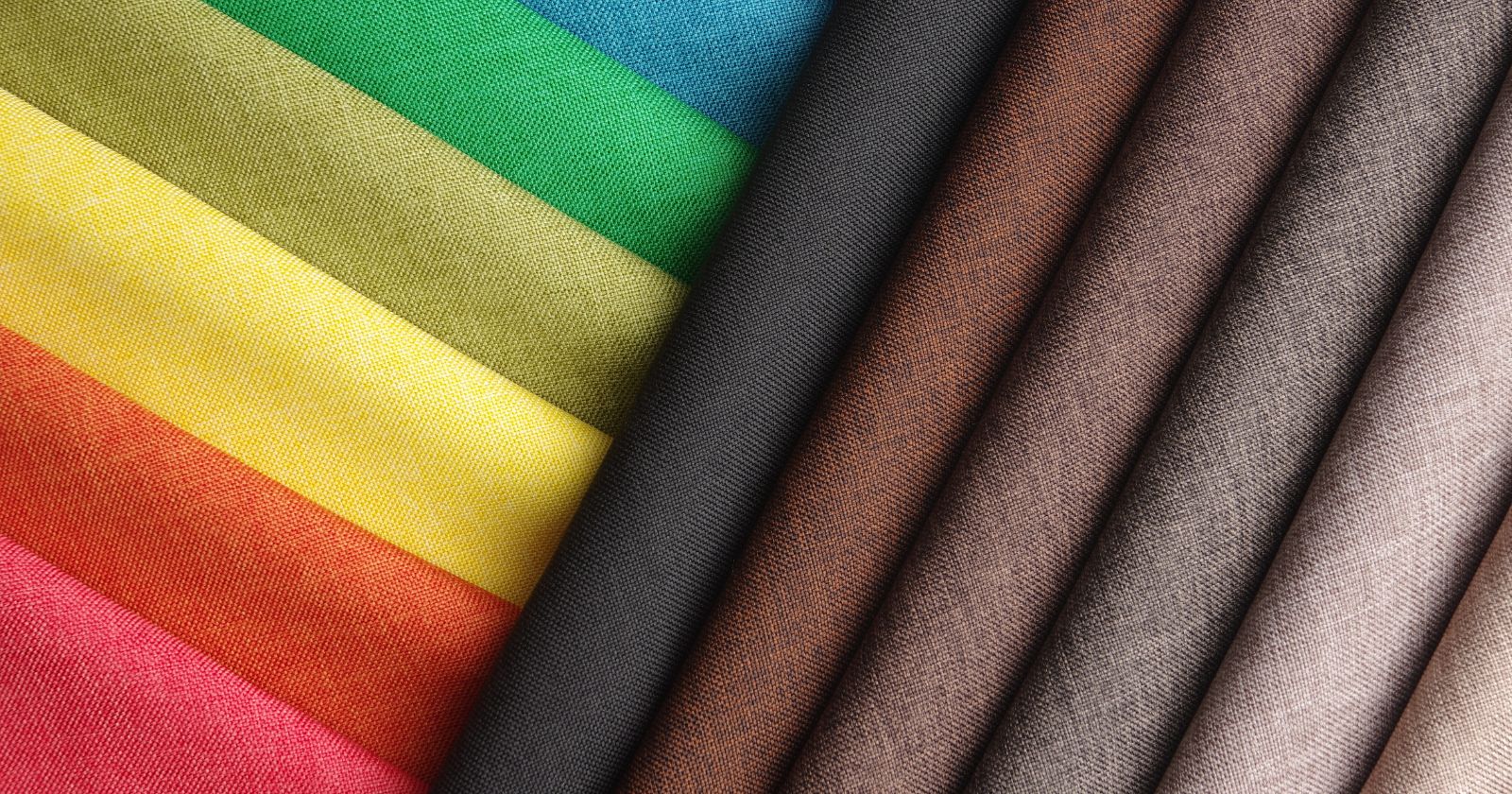Satin and velvet are two woven fabrics traditionally made from silk (although they can be made using other materials). How do they differ – and which one is best? Let’s find out.
Velvet is a woven tufted fabric with a dense pile that gives it a distinctive soft feel. By contrast, satin is sleek and has a glossy surface. Velvet is thicker, warmer and breathes better, however satin offers a superior drape and is more durable. In most cases, the choice between these will depend on the look and feel you want to achieve; despite both being made from silk, they offer very distinct looks and textures.
Check out the comparison table below to read on for a more in-depth investigation into the differences between satin and velvet:
Satin vs Velvet Comparison Table
| Property | Satin | Velvet |
|---|---|---|
| Other Names | – | – |
| Made From | Satin is a fabric weave typically associated with silk fibres, although it can also be made using polyester or nylon. The below values are for satin made from silk. | Velvet is a silk fabric with a dense pile. It is traditionally made from silk, but can also be made from nylon, rayon, linen, and wool. The values in the table below reflect velvet made from silk. |
| Advantages | Satin is smooth, silky and lightweight with a nice drape. This makes it perfect for loose fitting luxurious garments. | Looks and feels great with decent breathability. |
| Disadvantages | Dry clean only, not suitable for many types of garments. Difficult to sow and prone to snagging. | Can wear out with heavy use (such as when used for furniture). Harder to clean than other fabrics. Expensive. |
| Uses | Fashion, particularly wedding dresses and other luxury items. | Fashion, furnishings, and upholstery. |
| Natural or Synthetic | Natural | Natural (if made from silk) |
| Woven or Knitted | Woven | Woven |
| Thread Count | Up to 600 | – |
| Washing | Safest to dry clean only. Hand washing may lead to fading. Do not put in the washing machine. | Safest to dry clean only. Hand washing may lead to fading. Do not put in the washing machine. |
| Drying | Air dry only | Air dry only |
| Ironing | Do not iron. Satin should be steamed. | Do not iron. Velvet should be steamed. |
| Wrinkle Resistance | Doesn’t tend to wrinkle | Doesn’t tend to wrinkle |
| Heat Retention | Poor | Medium |
| Moisture Wicking | Good | Medium |
| Breathability | Good | Good |
| Stretchability | Low | Low |
| Flammability (untreated) | Very High | Very High |
| Water-Resistance (untreated) | Poor | Low |
| Color-Fastness | Poor | Medium |
| Strength | Good, but weaker when wet | Good, but weaker when wet |
| Durability | Medium | Good |
| Drape | Fluid | Fluid |
| Softness | Very Good | Very Good |
| Environmental Impact Score (A is best, E is worst) | Satin using Normal Silk = C, Satin using Organic Silk = B | Velvet using Normal Silk = C, Velvet using Organic Silk = B |
| Sustainability Issues | Satin is typically made from silk. Silk production is relatively low impact, and does not require too many fertilizers or pesticides. Organic silk is best, and readers may also want to look for humane silk which harvests after the moths have left (instead of with the pupae inside). | Velvet is typically made from silk. Silk production is relatively low impact, and does not require too many fertilizers or pesticides. Organic silk is best, and readers may also want to look for humane silk which harvests after the moths have left (instead of with the pupae inside). |
| Vegan | Not when made from silk | Not when made from silk |


